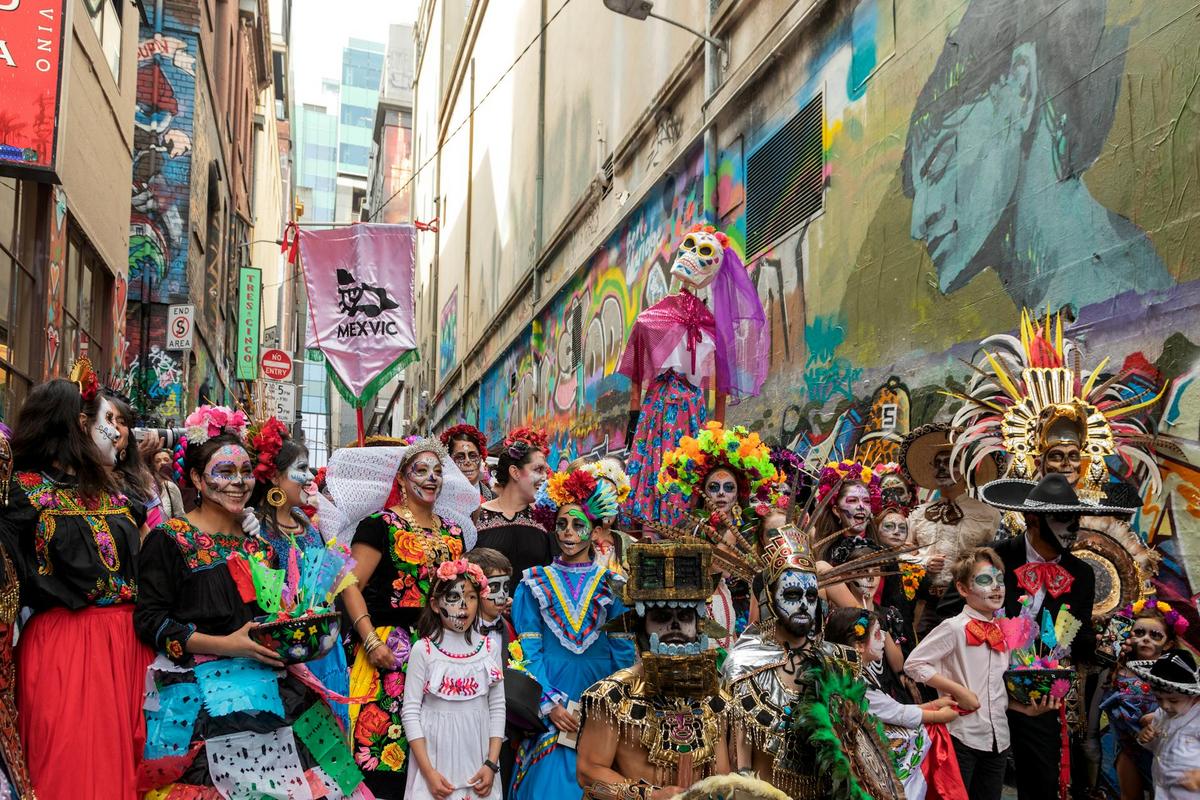
The Rise of Street Art in Urban Landscapes
Street art has emerged as a vibrant and dynamic form of expression, transforming urban landscapes around the globe. No longer confined to the shadows of alleyways, it has become a celebrated medium that resonates with diverse audiences and adds a unique character to city environments.
Street art, often viewed as the voice of the streets, has seen a meteoric rise in popularity and acceptance in urban spaces. It has transformed from being seen as mere graffiti to a legitimate form of artistic expression that beautifies cityscapes and sparks conversation.
The Evolution of Street Art
Originally perceived as vandalism, street art has evolved significantly over the decades. Cities like Berlin, New York, and Melbourne have become renowned for their vibrant street art scenes, attracting tourists and art enthusiasts alike. This transformation is attributed to changing public perceptions and increased appreciation for the creativity and messages conveyed through these works.
Expert Opinions
According to urban art specialist, Rafael Schacter, “Street art challenges the conventional boundaries of art, making it accessible to everyone and encouraging public engagement.” This perspective highlights the inclusive nature of street art and its role in democratizing art.
Statistics and Research
Recent studies suggest that cities with thriving street art scenes see a boost in tourism, with some areas experiencing up to a 20% increase in visitor numbers. This not only brings economic benefits but also fosters a sense of community pride and cultural enrichment.
Personal Anecdotes
Consider the transformation of a once-dull neighborhood in São Paulo. Local artists collaborated to cover building facades with vibrant murals, turning the area into a lively hub that now hosts art festivals and community events, drawing visitors from across the city.
Actionable Tips for Aspiring Street Artists
- Engage with local art communities to find opportunities and collaborate on projects.
- Understand the legalities of street art in your area to avoid fines or legal issues.
- Experiment with different styles and techniques to develop a unique artistic voice.
Consider attending street art workshops or festivals to network with other artists and learn new skills. These events are excellent platforms for exchanging ideas and gaining inspiration from peers.
Benefits of Street Art
| Benefit | Description |
|---|---|
| Community Engagement | Encourages public interaction and community pride. |
| Cultural Expression | Reflects local culture and societal issues. |
| Tourism Boost | Attracts visitors and stimulates local economies. |
| Urban Aesthetics | Beautifies city environments and reduces vandalism. |
| Creative Outlet | Provides a platform for artists to showcase talent. |
| Social Commentary | Highlights important social and political issues. |
| Educational Value | Educates the public through visual storytelling. |
| Networking Opportunities | Connects artists with peers and potential collaborators. |
Frequently Asked Questions
What is the difference between graffiti and street art?
While both are forms of expression on public surfaces, graffiti is often text-based and focused on artist identity, whereas street art encompasses a broader range of visual art styles and messages.
How can cities benefit from street art?
Cities benefit through increased tourism, enhanced urban aesthetics, and the promotion of cultural and social dialogue.
Conclusion
The rise of street art in urban landscapes is a testament to its power to transform spaces and minds. By fostering creativity and dialogue, it enriches communities and invites us to see our cities as living canvases. As street art continues to evolve, it challenges us to engage with our surroundings in new and meaningful ways. Embrace the art around you and consider supporting local artists in their endeavors.


